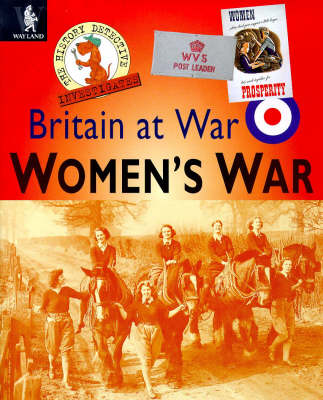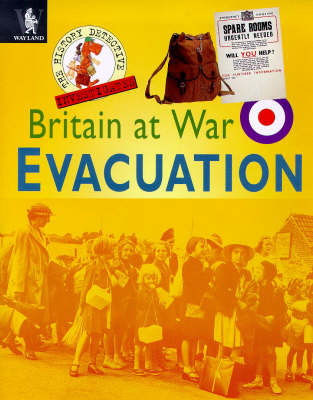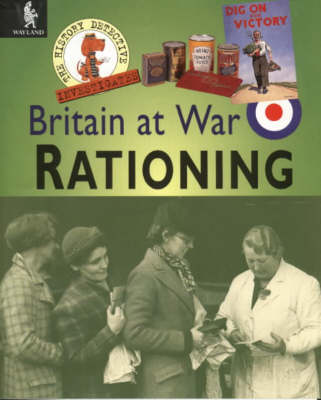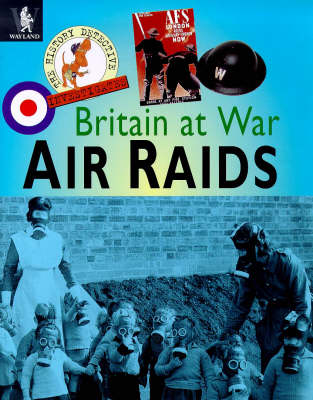History Detective Investigates: Britain at War
4 total works
This book combines curriculum study of women on the home front with local history and looks at local evidence of women's roles in wartime. The topics include the armed forces, housewives, hosts, factory workers, women's land army, and the voluntary services. It is one of a series and aims to encourage those doing local history projects to search the local library and record office for evidence, to find clues in old newspapers, adverts, letters and reports and to try to interview important witnesses. A cartoon bloodhound directs use of local resources and sets puzzles and tasks. The book is also intended for literacy training as it uses many text forms: newspapers, reports, adverts, letters, censuses, logbooks, interviews, instructions and propaganda.
Combining curriculum study of the evacuation and local history, this book looks at local evidence of evacuation. Its topics include experience of evacuees and hosts, travel, propaganda photos, schools, health, entertainment and special hostels. Local history projects include studying old photographs, visiting a station, finding evidence of evacuees and using maps to locate hostels. The book is one of a series which uses primary sources as a starting point for the study of the history of United Kingdom in wartime. It shows children how to undertake their own investigation into the history of their locality during the war by using many different forms of text such as newspapers, reports, adverts, letters, censuses, logbooks, interviews and instructions. Cartoon bloodhounds are used to liven up and direct use of local resources, and to set puzzles and tasks.
Combining curriculum study of the Blitz and local history, this book looks at local evidence of air raids. Its topics include local planning, ARP wardens, blackout , gas masks and shelters. The local history projects include locating an air-raid shelter, building your own shelter, finding public records and old newspapers. The book is one of a series which uses primary sources as a starting point for the study of the history of United Kingdom in wartime. It shows children how to undertake their own investigation into the history of their locality during the war by using many different forms of text such as newspapers, reports, adverts, letters, censuses, logbooks, interviews and instructions. Cartoon bloodhounds are used to liven up and direct use of local resources, and to set puzzles and tasks.



